Picking the very best Gordon Murray car designs is like picking the best Michelin-Starred meals. Ultimately, even the ‘worst’ tend to be pretty epic. Goodwood reckon, however, they’ve come up with ten that round up his approach to things and summarise his illustrious and varied career. From Brabham, to McLaren, from F1 to Le Mans, these are ten of Gordon Murray’s greats.
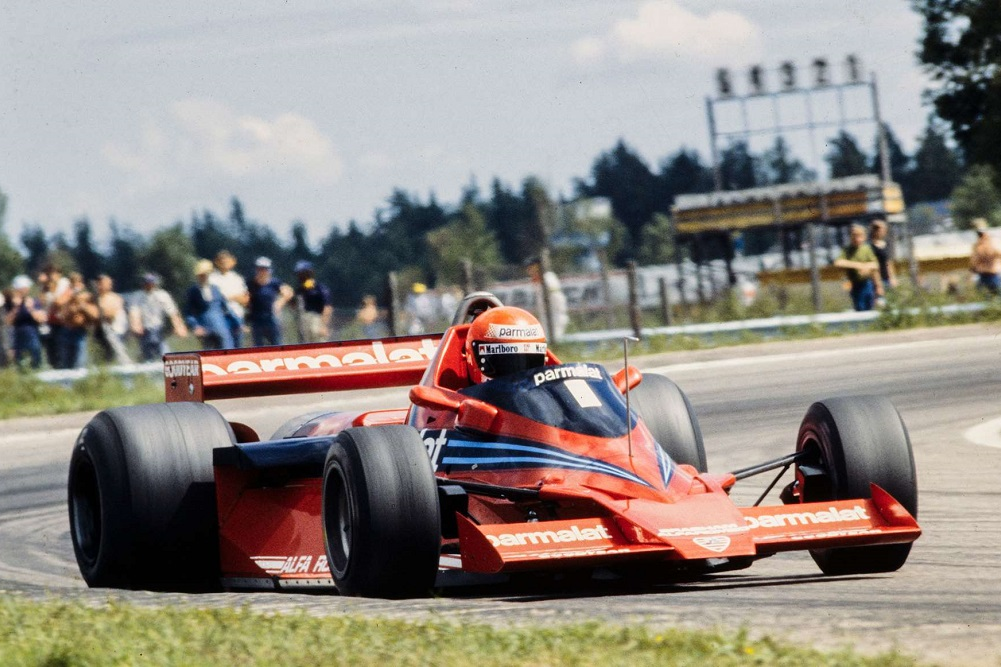
Brabham BT46B
Ah, the ‘Fan Car’. There’s not much you won’t already know about this. A creative interpretation of the rules for an unfair advantage, the BT46B used what the rules would allow as a cooling fan, to suck itself to the ground, allowing for cornering speeds that were orders of magnitude faster than the competition. It dominated its one race out at the 1978 Swedish Grand Prix at Anderstorp, which would be its only race thanks to the banning of fan cars. Prior to the ban, it was going to get a couple more races before being withdrawn by Brabham team owner Ecclestone to protect his position of power within the Formula 1 Constructors Association.

Brabham BT49
The Brabham BT49 isn’t the legendary poster car like the BT46B discussed previously, or the dart-like BT52 that’s to come. Yes, it as much as any other Murray-designed Brabham of this era utilised plenty of creative interpretations of the rules. More than anything else though, it was just a diligent racing car, to which Nelson Piquet owes his first driver’s championship. Ditching the sexy but temperamental Alfa-Romeo V12, Brabham went back to Cosworth DFV power for the BT49, which was 13 years old on the car’s debut in 1979. But you could always rely on a DFV – more efficient, powerful enough, compact, allowing for better ground effect trickery and crucially, more reliable.
For the 1981 season – the one which Piquet won – the car ran hydropneumatic suspension to lower the car below the regulation-mandated 60mm ride height for greater ground effect. Though great when it worked, it wasn’t overly reliable. Still, Piquet drove through the issues and regulatory disputes, riding the reliable DFV mechanicals, to secure the championship with a fifth-place finish in Las Vegas at the final race of the season.
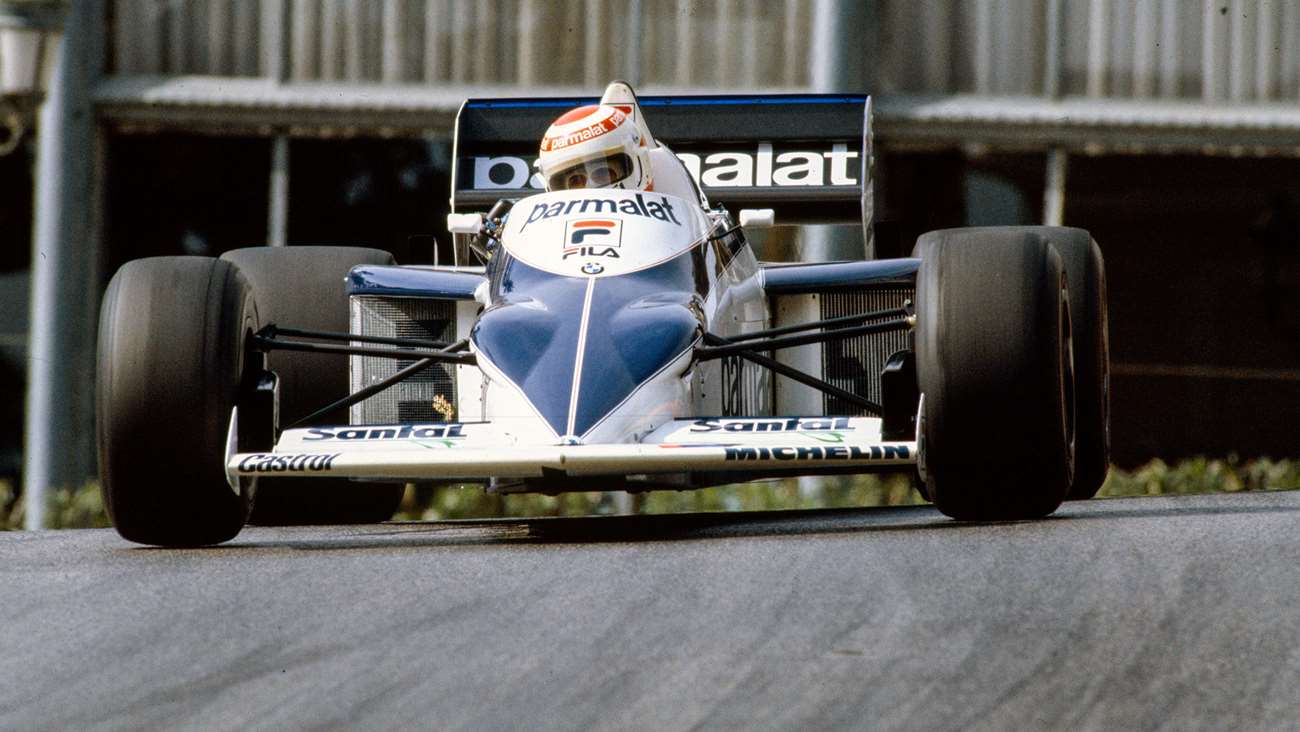
Brabham BT52
Murray’s six-week wonder, was the BT52. With the effective outlawing of ground-effect aerodynamics, and just six weeks to go before the start of the 1983 F1 season, some radical thought was needed. Out with the big long side pods that helped with ground suction, in with the raked-back exposed radiators, 70 per cent weight over the rear for traction, a big spoiler and an enormous delta-wing splitter upfront. You’ve heard of the fan car, this was the dart car. Goodwood think it’s one of the sexiest F1 cars ever devised. And that’s not to mention the 1,000PS (735kW) capability of its BMW M12 turbocharged engine.
Design what you want, though, fortune and a car’s fortitude is what’s needed even for the best to earn their silverware. As such, up until closer to the end of the season, the smart money wouldn’t have been on Piquet for the win. He and the car were quick but only given the chance. By the end, a string of strong performances from car and driver alike helped secure him the 1983 title. Either way, Goodwood think the BT52 would have gone down as a highly memorable machine and for sure, a vintage Gordon Murray design.
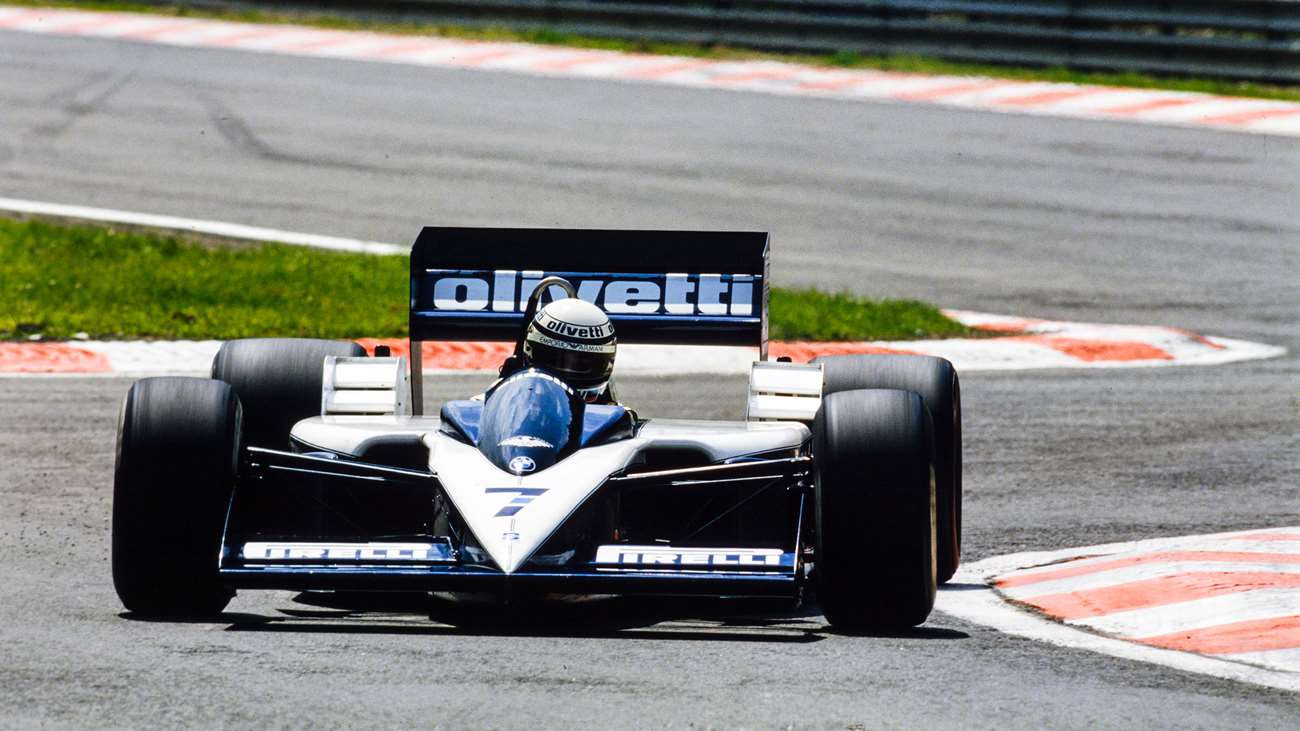
Brabham BT55
Why on Earth is the BT55 here, you might be asking? It has exactly zero accolades to its name, not so much as a fastest lap, but the so-called Lowline Brabham is a fine example of both Murray’s outlier thinking and his stubbornness in sticking to it.
Truthfully, it was a great design, albeit with a poor integration of the powerplant. The lowline design dictated the BMW turbocharged engine be cocked at an angle. The result was poor oil circulation and subsequent disappointing reliability. But in principle, the BT55 was good. So good, that Murray carried the principle onto his next car, with a new employer. That car would turn out to be the most successful F1 car of all time…
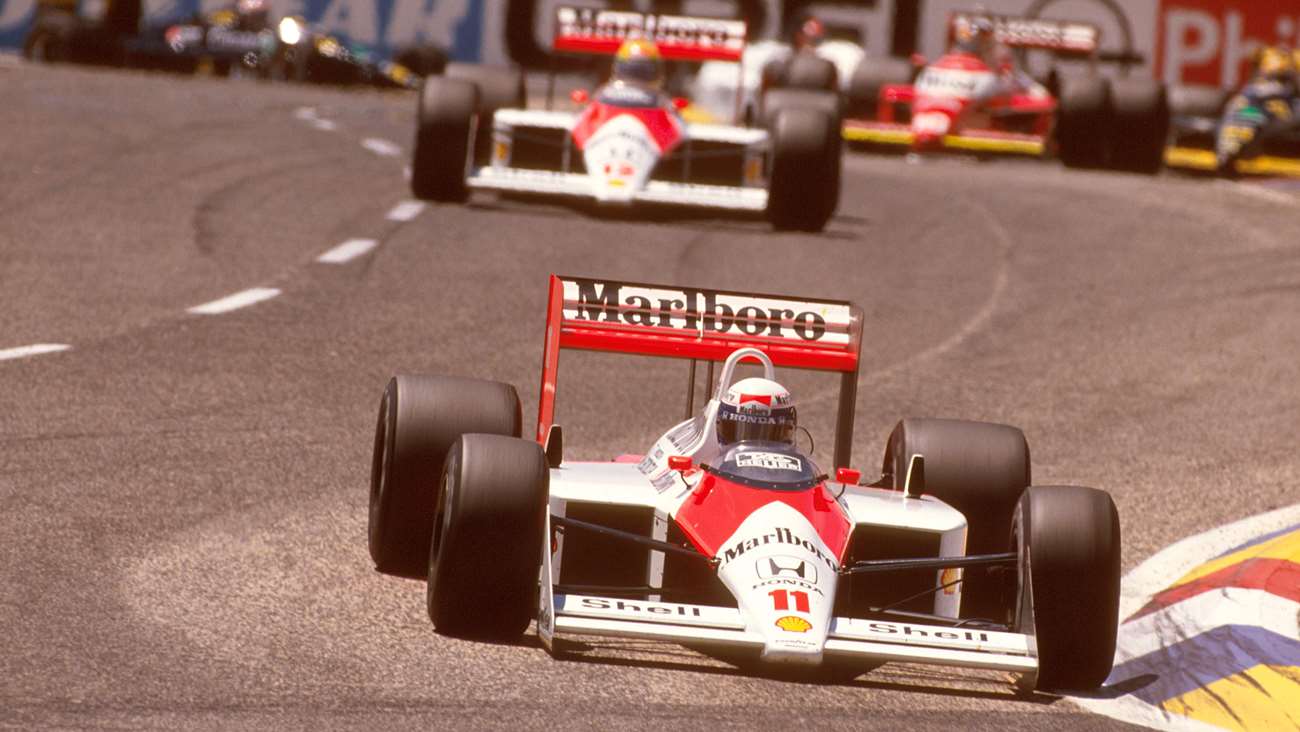
McLaren MP4-4
No, the MP4-4 was not a Gordon Murray car, but he presided over it as technical director in his first season with McLaren. It benefits from Murray’s wisdom and his latest ideas, including the benefits of a low body design to give the rear wing cleaner air. That, in combination with the more convincing Honda turbo powertrain and one of the all-time great driver duos, in Senna and Prost, made the MP4-4 an unstoppable force. The car won 15 of the 16 races it entered in the 1988 season, starting from pole 15 times and setting ten fastest laps.
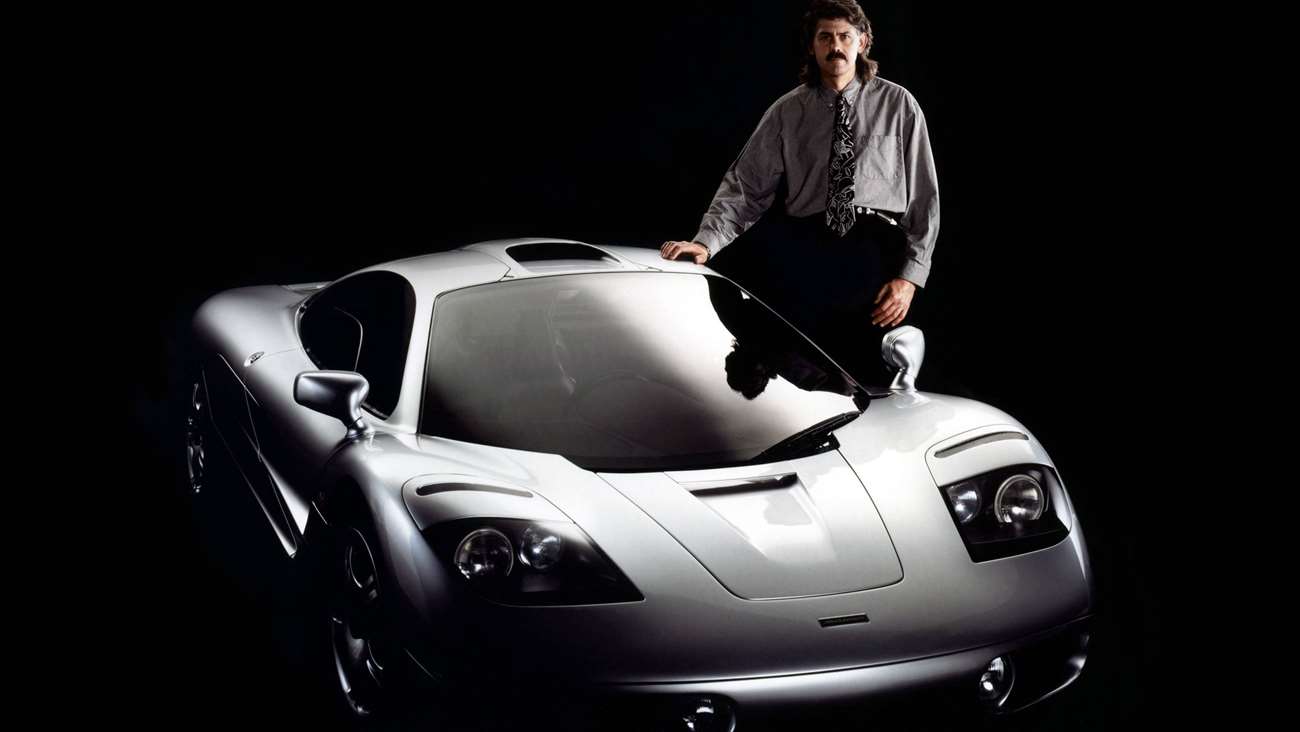
McLaren F1
Arguably, however, the McLaren F1 was arguably Gordon Murray’s crowning achievement. The perfect road car, with a howling 620PS (456kW) V12, a central driving position with seating for three, a 240mph-plus top speed and quite possibly the greatest road car sound of all time. There’s been enough said about the F1. Little-known fact? The plan originally was a Honda engine, per their partnership in F1, but Honda declined. Late in the game, Murray approached Karl Rosche who he knew from his time at Brabham and their relationship with BMW. The rest, is history, with the resulting V12 being slightly over the weight spec and very much overpowered.
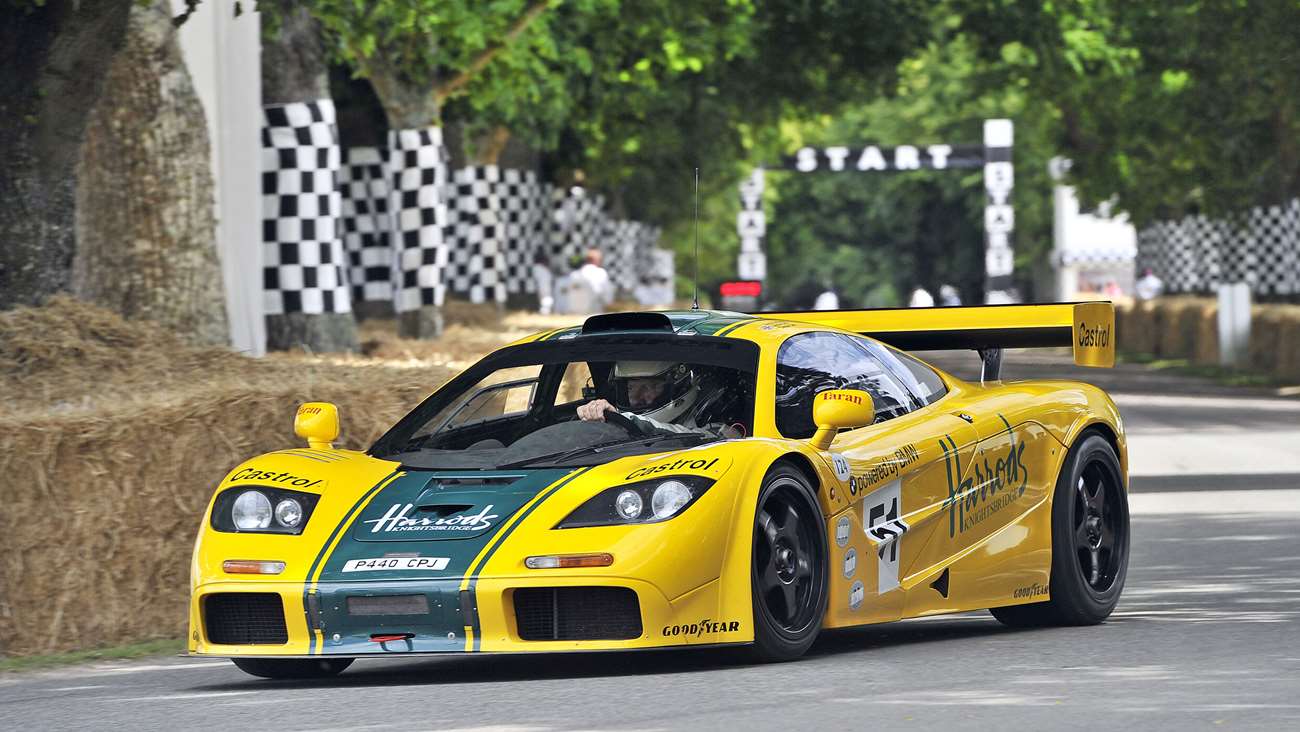
McLaren F1 GTR
You can take a designer away from the racetrack, but the racetrack never leaves the mind of the designer, even if he says it does. Murray insists the F1 was designed entirely as a road car, with no thought paid to it ever going racing. So why with little more than a splitter and a wing bolted on, did the F1 GTR win Le Mans first time out? Good fortune helps but fundamentally, the efficiencies of race car design are what informed Murray in his no-compromise approach to the F1. In short, do a road car properly and you shouldn’t have to do much to make it a GT race winner.

Mercedes-Benz SLR McLaren
You can almost hear the outrage, the sound of fingers angrily smashing keys, as sweat beads form on your foreheads. The SLR? A Gordon Murray great? Surely not? Well, ask a man like Murray to turn out a compromised product and you can be sure it’ll be one of the best compromised products there is. Yes, the SLR had a major identity crisis. It wasn’t a pure sportscar like the F1, or the Porsche Carrera GT, Ferrari Enzo and Pagani Zonda with which it contended. No, it wasn’t a perfect GT, with its choppy ride. But it was a highly accomplished machine. Performance to match contemporaries, in spite of a big boot and an auto box is nothing to be sniffed at. Murray himself, too, is incredibly proud of the design of the SLR for the ease of its productionisation. It’s highly underrated and a worthwhile achievement of Murray, that few others could have turned out the way it is.
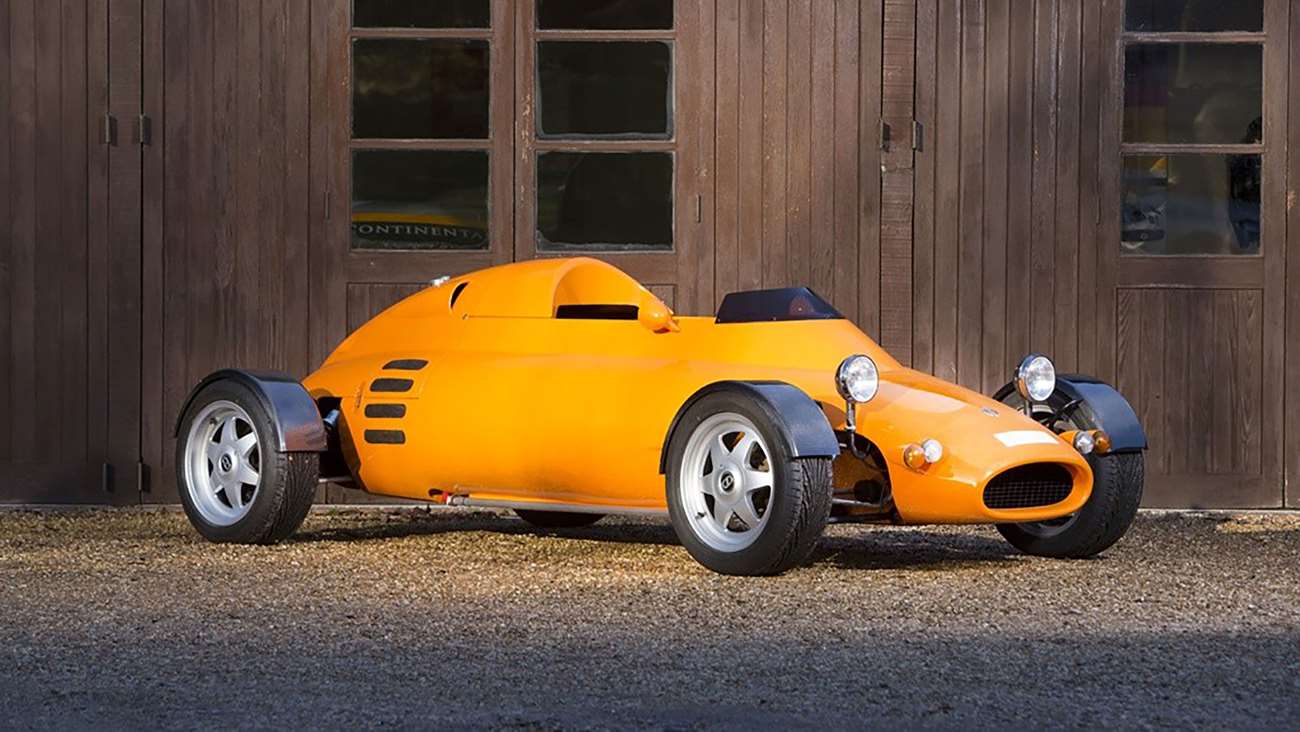
Light Car Company ‘Rocket’
Before the F1, before the SLR, perhaps the purest distillation of Gordon Murray’s engineering fetishism came in the Light Car Company Rocket. It’s an open-wheel, motorbike-engined screamer that weighs just 380kg. Yes, that’s just over five-times lighter than a Bugatti Veyron and even just under three-times lighter than a McLaren F1. It’s so light in fact that in the eyes of the DVLA, the Rocket is more quadricycle than car and as such, among other things, it legally isn’t required to have a fog light. Handy, as the optional even lighter race bodywork doesn’t feature one.
As the engine produces around 160PS (118kW) in its most potent trim, the rocket has a power to weight ratio of 420PS (309kW) per tonne, just on the heels of the 500PS/tonne Veyron. Unfortunately, with a bike engine and looking the way it does, it isn’t exactly the most exotic or lusty of items. Perhaps even beyond this, the F1 and the SLR, Gordon Murray has a few more golden eggs to give.
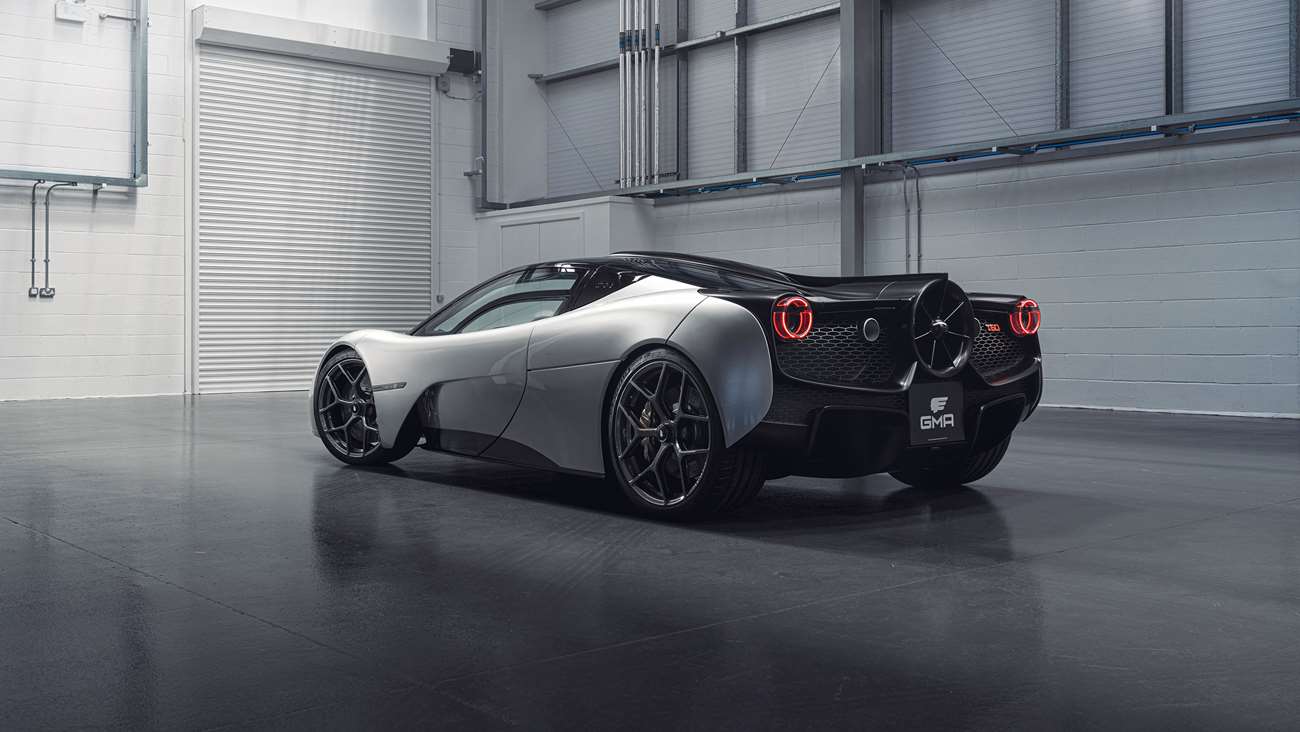
GMA T.50
See, while the LCC Rocket embodies the purity of the exercise, Goodwood really wouldn’t blame you for fancying something a little more lusty, even at the expense of weight. With a Cosworth V12 engine revving to over 10,000rpm, controlled via a manual gearbox and weighing under a tonne, the Gordon Murray Automotive T.50 is about as lusty as you can get. It’ll arguably be the great man’s Magnum Opus. It’s the McLaren F1, developed in the early 2020s rather than the late 1980s and early 1990s, available for between a fifth and a tenth of what you’d pay for an F1 today, depending on what car you’re getting.
On top of that, it circles all the way back to the Brabham BT46B Goodwood opened this list with, hanging a massive fan out back to, in an albeit very different way, suck the car to the ground. Gordon has hinted that the T.50 won’t be a one and done for GMA, with plans for a more attainable lower-end model built to the same principles being in motion behind the scenes. Then of course there’s the be-winged track-only T.50s. Frankly, as far as Goodwood is concerned, Gordon Murray can do very little wrong.
Report by Ethan Jupp for goodwood.com










